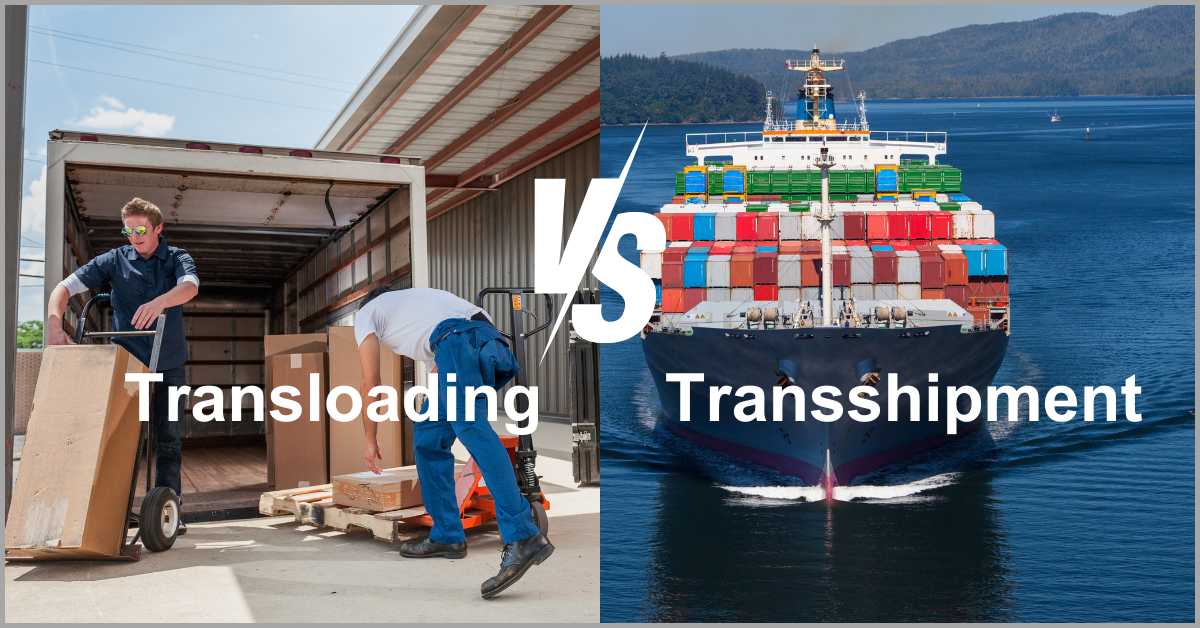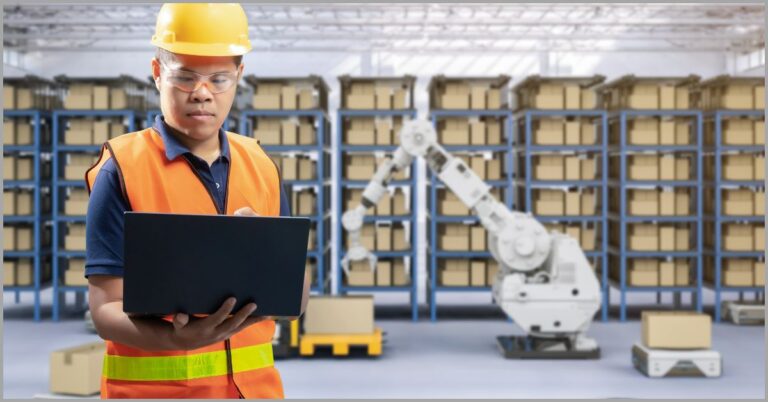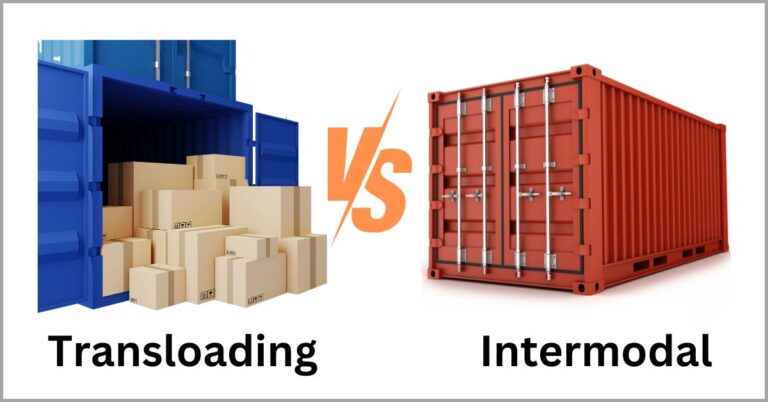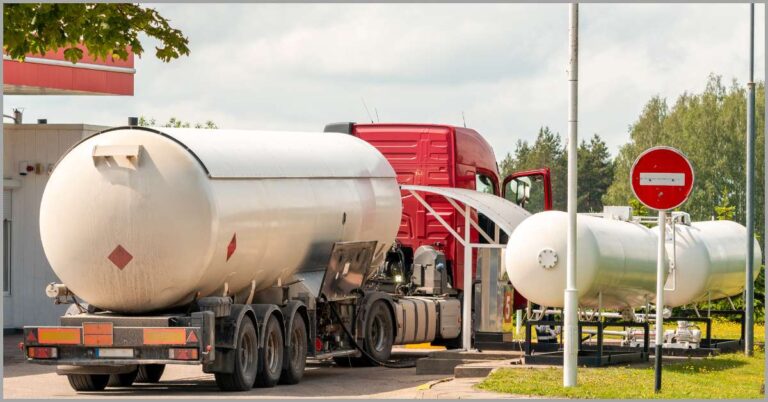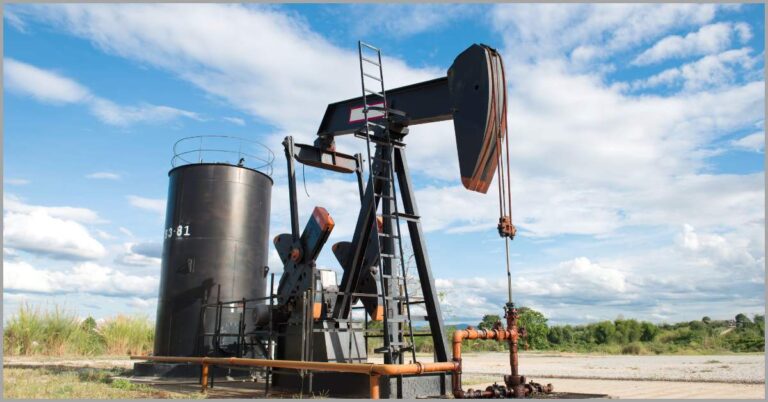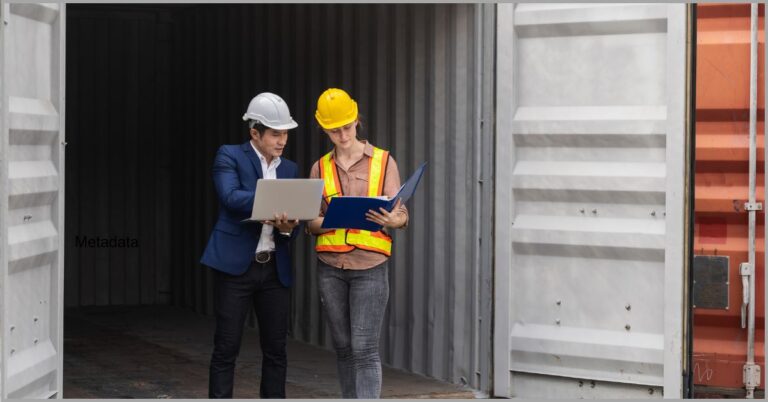Transloading vs Transshipment: 5 Differences & How to Choose Your Service in 2024
Torn between transloading and transshipment?
There’s a lot of transshipment and transload shipping facts and misconceptions online.
If you go with the wrong shipping strategy due to misinformation, it’s easy to fall victim to geopolitical factors that can result in freight confiscation.
A study by S-RM revealed 90% of logistics companies don’t adequately plan for geopolitical risks. It’s no wonder supply chain disruptions have increased.
In order to avoid getting embroiled in trade wars that can lead to your goods being held up for weeks on end, it’s important to understand the differences between transloading vs transshipment in the context of supply chain logistics.
By improving your knowledge of each shipping strategy, you can reduce geopolitical risks by diversifying your shipping routes and capitalizing on free trade zones.
If you’d like to expand the horizon and explore other logistics options, check out this article I wrote on transloading vs through trailer freight shipping.
In this article, we’ll discuss the main differences between transloading vs transshipment and how to choose your service in 2024 to improve shipping outcomes.
Let’s get started.
What is transloading and transshipment?
I. Transloading
What is transloading in logistics?
It refers to the process of transferring goods from one mode of transportation to another. For example, if you switch cargo from a railcar and onto a truck at one point during shipping, you’ve performed one type of transload shipping.
Transloading is a great way for you to get around shipping inefficiencies to avoid supply chain interruptions and also to lower your logistics expenses.
That said, the most popular form of transloading occurs between rail & truck, just like in the example we took a look at, which typically takes place to enable last-mile deliveries.
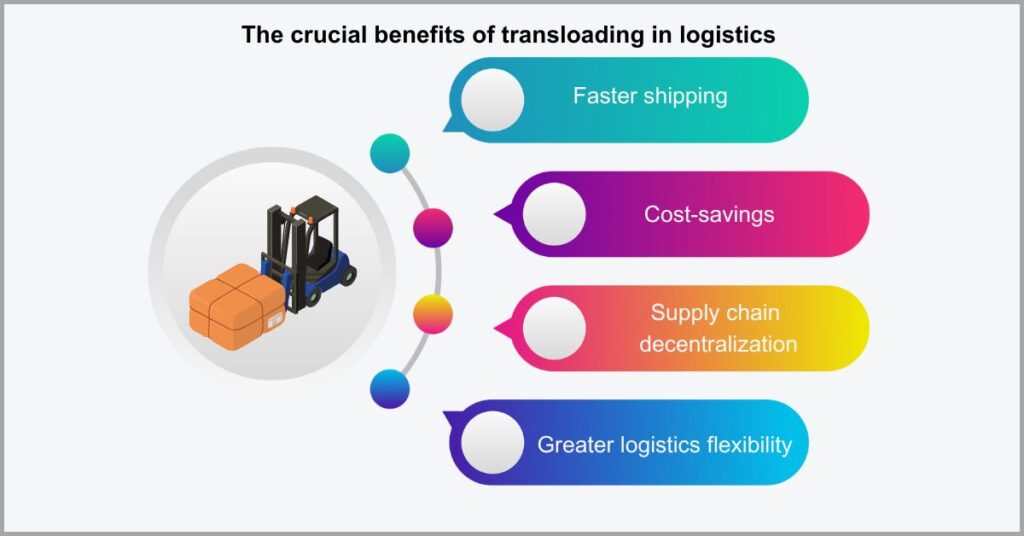
Other types, although less popular, also involve sea and air freight, where you offload cargo from an ocean vessel or aircraft and onto a truck or rail car. This enables you to switch to a more suitable form of transportation for the next leg.
While it may sound fairly simple, this shipping strategy can be a tough nut to crack.
Click here to get our premium support services so we can help you improve your transload shipping operations.
With our assistance, you can get a better understanding of what this shipping strategy entails, and possibly even set up an efficient transload yard for your business.
II. Transshipment
So what is transshipment on the other hand?
It is the process of switching cargo, usually intermodal containers, from one ocean vessel to another. In this shipping tactic, you’ll receive cargo at one port, offload it to a container yard, and possibly even truck it to a different port.
Without transshipment, ocean vessels may have to follow longer and slower ocean routes to avoid low tide waters, which can cause cargo delays.
Transshipment solves this by allowing you to switch your cargo from a larger shipping vessel to a much smaller vessel that’s suitable for low tides.
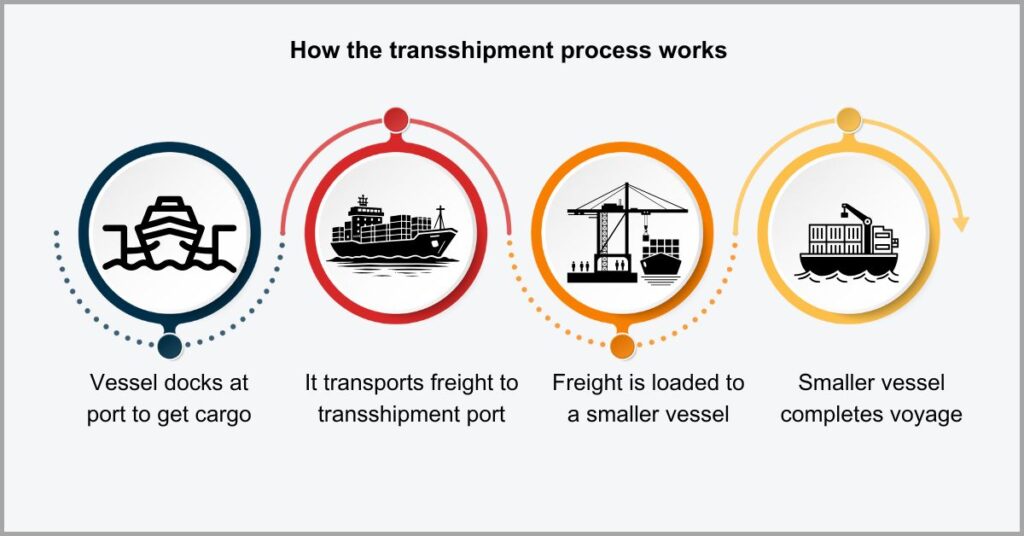
One key difference between transloading and transshipment is that this switching process happens at a transshipment hub, which is usually an ocean port. Conversely, transload freight shipping usually happens in a transload yard.
Just like in the case of transloading vs intermodal shipping, both of these strategies are suitable for different goals and one method isn’t necessarily inferior to the other.
That said, the entire transshipment process typically occurs between two points, namely the port of loading (POL) and the port of discharge (POD). Goods are loaded onto the first vessel at the POL while the POD is the final point of the sea voyage.
Differences between transloading and transshipment
1. Mode of transport
What types of transport are involved in transloading?
There are almost limitless possibilities when it comes to transportation options in transloading. You can move cargo between trucks, ships, and rail as your needs change across each leg of the journey.
With transloading, you can get around problems like port and road congestion, which can hold up your freight, by using alternative transportation.
A study by Beacon revealed that 60% of global ports experienced congestion in June 2024. This undermines the importance of transloading, which allows you to circumvent this problem by using rail or truck instead of ocean vessels.
That said, transloading commonly occurs between trucks and railcars, although sea and air transport handovers are possibilities.
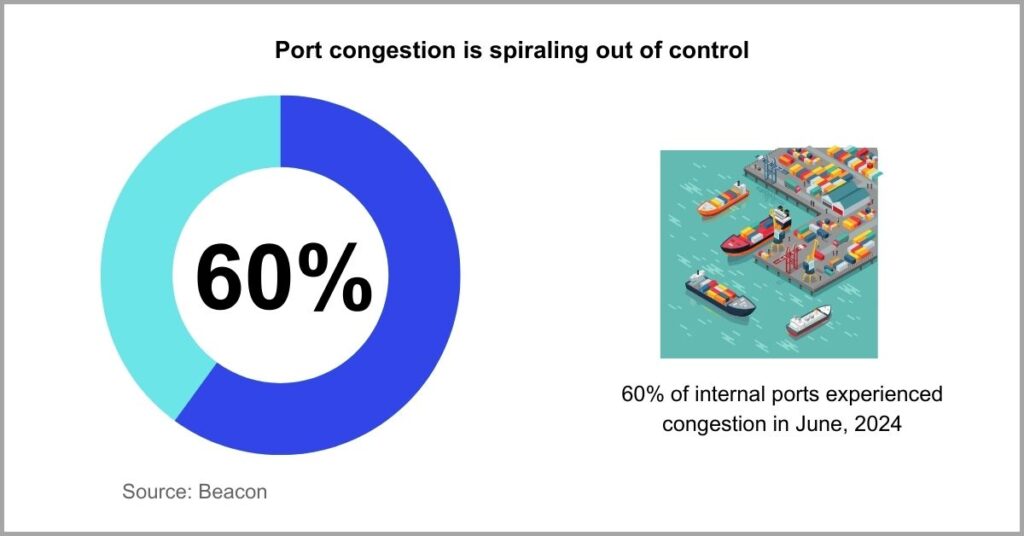
Transshipment, meanwhile, primarily involves long-distance ocean vessels.
It entails the exchange of freight from a larger vessel, which may come from a different country of origin, to a smaller ship that completes the trip to the final port of discharge.
That said, it’s important to note that railroad logistic strategies or even trucking can still come into play. This is because the initial ship may dock at one port, while the second ship that’s to receive the cargo is located at another port.
So there may be a need to switch to a different mode of transportation such as trucking to move freight to different ports that lack a direct ocean connection.
2. Place of occurrence
Transloading occurs at any point in your supply chain.
It can happen at a transloading warehouse, a distribution center, or a cross docking facility, and anywhere else that presents an opportunity for the transfer of goods.
So transloading expands your options in terms of destinations while transshipment limits you to transport hubs that slow down your supply chain.
A study by Statistia established that 44% of businesses plan to improve their supply chains. Transloading can certainly make this happen for you, enabling you to switch to more efficient transportation.
Additionally, by expanding the reach of your supply chain, it can also improve collaboration with suppliers and consumers to help you improve market penetration.
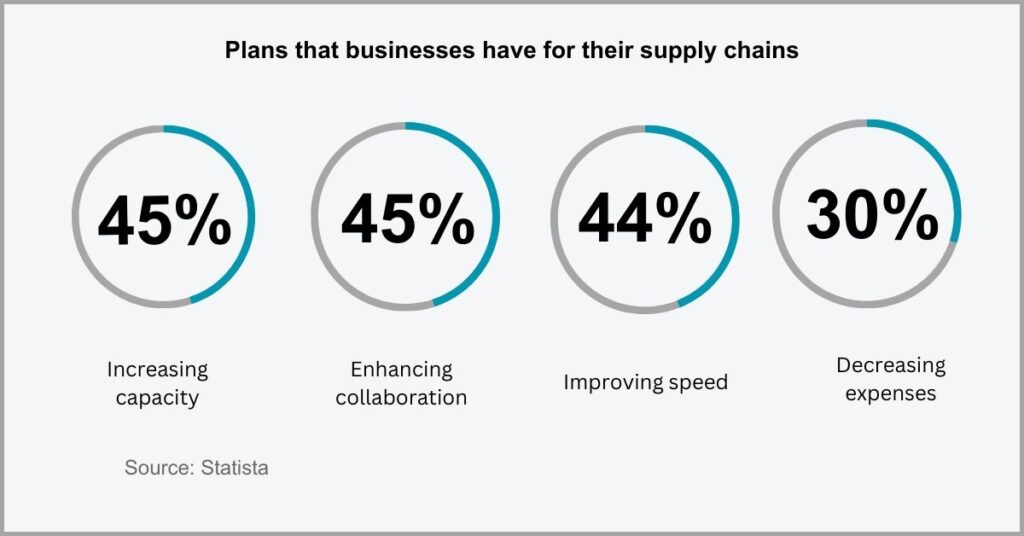
Meanwhile, transhipment takes place at big transport hubs like very busy ocean ports.
This marks a very key difference between transloading vs transshipment shipping, and some examples of transshipment centers around the world include the Port of Shanghai, the Port of Singapore and the Port of Hong Kong.
Either, investing in the right technology can streamline each strategy.
Click here to start your free transloads.co trial of our transload management software to improve outbound and inbound cargo monitoring.
With our platform, you also get other important features like the ability to keep track of the demurrage clock to reduce the risk of container detention and inventory audits that help reconcile shipment quantities more accurately and effortlessly.
3. Nature of shipping
What type of shipping is transloading often used for?
It’s more commonplace for domestic shipping and also for last-mile deliveries, although transloading can also occur at an international level and for first-mile deliveries too.
Without transloading, it’s easy to use an unideal combination of transportation options that result in longer domestic transit times for your shipment.
In fact, 55% is the schedule reliability rate of carriers on average, according to a study by Sea Intelligence. So this means that 45% of freights have higher than anticipated transit times and therefore arrive late.
This is where transloading can make a real difference helping you to combine carriers in a way that greatly shortens transit times.
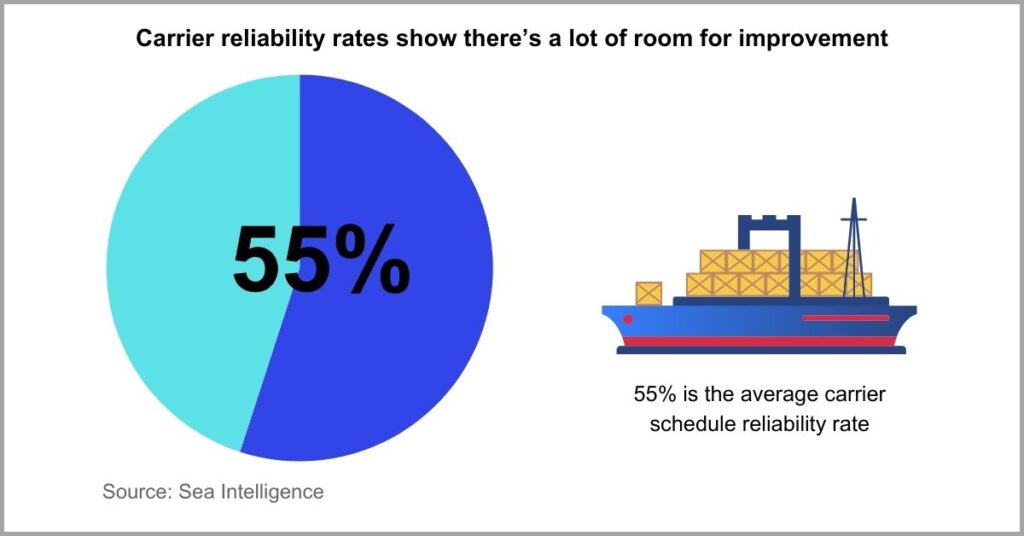
Conversely, transshipment is mostly synonymous with international shipping which can sometimes run into months. Another key transloading vs transshipment difference we can pick up from this is that it typically involves longer turnaround times.
Some of the best transload shipping service companies may also offer transshipment when you need to move cargo internationally in markets without direct ocean routes.
For example, let’s say you want to move cargo from Durban to Manila.
There isn’t a direct shipping route so you can ship ocean freight to Singapore, using transshipment services to transfer the cargo onto the second vessel. This ship can now take your consignment to its final destination in Manila.
4. Type of cargo
There’s also a key difference in terms of cargo.
For transloading, there’s really no limit to what types of goods you can ship. Be they palletized items, containers or even liquid bulk cargo, transloading is suitable to help you transfer and work with a larger variety of goods compared to transshipment.
With transshipment often requiring the containerization of freight, this can lead to supply chain disruptions during instances of container shortages.
A Container xChange study showed that 57% of freight forwarders ranked containers among their biggest shipping challenges. More specifically, they’re struggling with shortages as well as poor container visibility.
Transloading gets around this challenge by eliminating reliance on containerized freight.
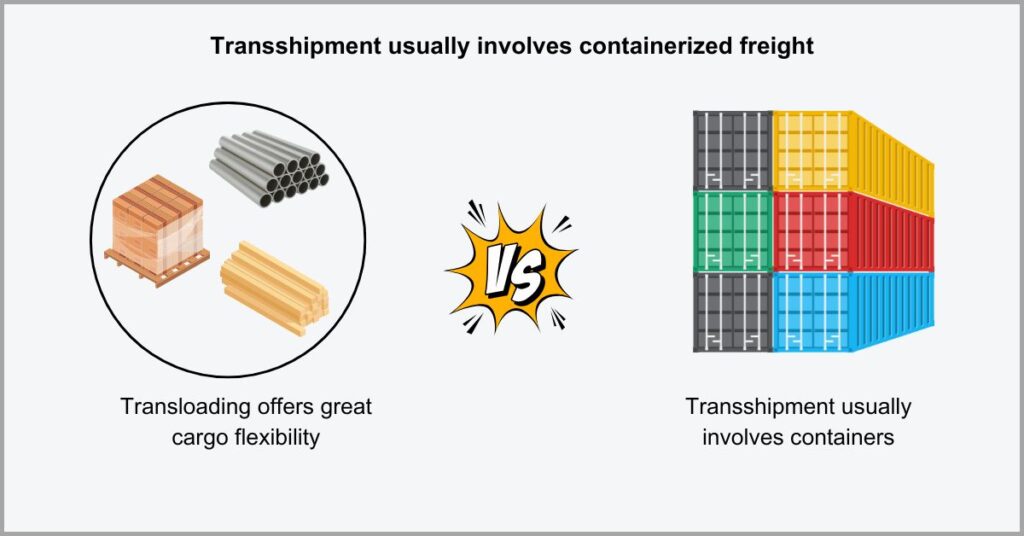
So transshipment largely deals with containerized cargo as we mentioned earlier.
Containerization is done in a bid to secure goods from both damage and theft within a vessel’s consignment that may contain cargo destined for several locations. Another reason this is done is to enable easy stacking and improve space-efficiency on deck.
Unlike transloading where goods are packaged into individual bulk units, with the inventory managed efficiently on top transload management software, transshipment doesn’t deal with deconsolidated freight with goods often staying in one container.
However, I must point out that where trucking is required between ports, you may need to break open containers but switches usually occur as entire container transfers.
5. Storage needs
Does transloading need a warehouse?
Yes. Most of the time, transloaders will need to store your freight somewhere as they perform freight deconsolidation or wait for the next mode of transport to arrive.
With the warehousing and material handling requirements of transloading, it can therefore bring new costs into your business’s logistics expenditure.
A survey by Gartner revealed 74% of supply chain leaders plan to increase their logistics outsourcing budget. Ths is in response to the rising cost of logistic services such as transloading.
That said, transloading can still be cheaper overall compared to transshipment, which typically takes place on an international scale and involves larger cargo volumes.
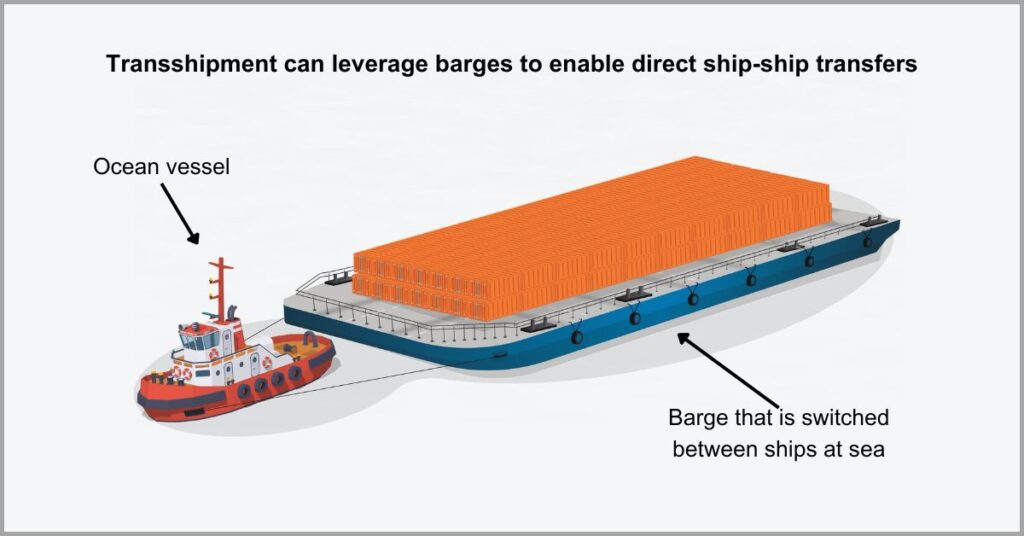
Transshipment can occur with or without a storage facility.
In the first case, you may require a warehouse or container yard to hold the goods. You can then use proven transload yard management tools to keep track of these containers and schedule them for pick up by the next truck or ocean vessel.
It’s also possible for transshipment to occur entirely without cargo storage, marking another important highlight of our transloading vs transshipment discussion.
For instance, a cargo ship may be transporting freight on a barge rather than on its own deck. Much like how trucks can exchange trailers, barges enable the direct, ship-to-ship transfer of large volumes of cargo therefore eliminating the need for storage.
How to choose between transloading and transshipment
a) Evaluate geographical factors
Keen to ship goods domestically or internationally?
This is an important factor to carefully consider when choosing between transloading vs transshipment as a shipping option for your business.
While transloading also enables cross-border shipping, it may not be very ideal for international shipping although it’s a great fit for moving freight domestically.
That’s because it’s a shipping strategy that’s more suitable for overland freight that traverses just one or two countries, but it preferably works best for optimizing the movement of cargo domestically than it does internationally.
So why is transshipment more suitable for international shipping?
Well, it enables you to create connections between two different ports that lack a direct route. It’s usually the go to when you’re looking for a solution when there’s no direct link between your import and export destinations.
It therefore means that transshipment will largely occur overseas via ocean vessels, whereas transloading may rope in railroad logistics strategies for long-distance freight hauling.
Shipping by sea tends to be more ideal over long-distance than rail due to cheaper rates, which is another reason why it’s the better option for international shipping.
So if you’re looking to ship consignments domestically or between two countries, transloading is ideal. Meanwhile, I recommend transshipment if you’re targeting more diverse regions and international markets.
b) Consider cargo weight
What is the size of the shipment you need to move?
Transloading is typically the better shipping strategy for your business when you’re working with smaller shipment quantities as well as lower weight cargos.
For heavy weight, high volume cargo, transloading may be unsuitable due to weight restrictions on truckloads that may be applicable across different states.
The Department of Transport, for instance, enforces a weight restriction of 55,000 pounds for a 40 foot container in the US. In states like California, this limit drops to 47,000 pounds with most truckers unwilling to accept loads beyond 45,000.
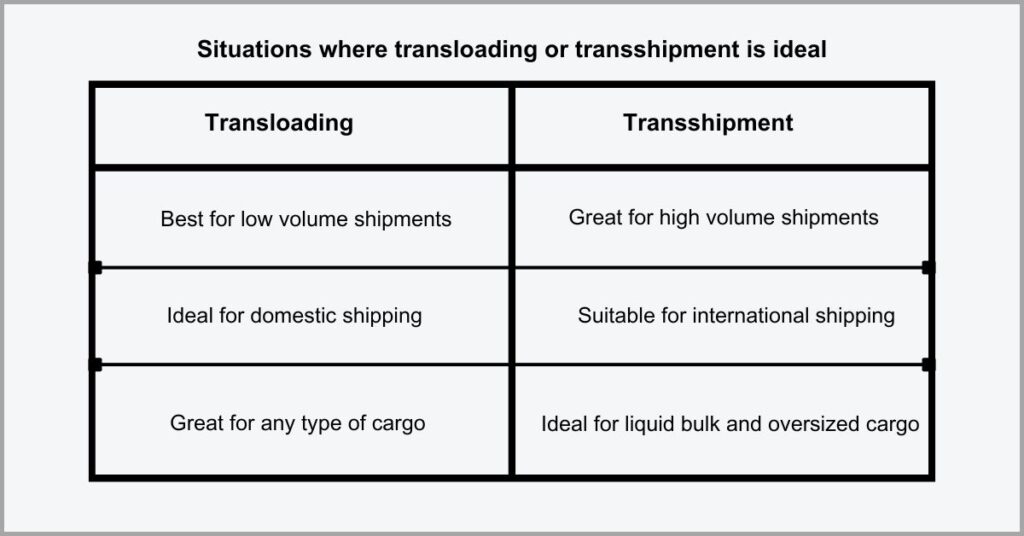
So you may have to split freight into smaller shipments, which means more costs.
This is where transshipment becomes ideal because it helps you get around states with very low weight container limits through the use of ocean vessels instead.
It is for this reason that it’s among popular freight brokerage strategies because it enables the cost-efficient movement of heavy, high-volume cargo.
With transshipment, you can even achieve a better container utilization rate. This is because the limit is usually the gross weight of the container itself, meaning you can move up to 10,000 pounds more per container compared to states like California.
c) Nature of cargo
The type of cargo you’re looking to move is also key.
Compared to transshipment, transloading is generally the more flexible option in terms of the type of cargo you can move efficiently and cost-effectively for your business.
On the other hand, transshipment is more suitable for bulk or overweight cargo, and it’s less ideal when you’re shipping other types of goods.
Transloading meanwhile allows you to ship just about anything from lumber to pallets and everything in between.
However, it may be less suitable to handle oversized freight because transload yards are typically smaller and are less-equipped than international transshipment hubs.
So if you’re looking to ship overweight and oversized cargo, transshipment is ideal.
This covers shipments such as construction equipment like bulldozers and earthmovers and warecrats like yachts. Additionally, it’s also ideal for moving liquid bulk such as crude oil and petroleum products.
If you’ve decided that transloading is suitable for your business, you’ll find our transload consultation services very insightful.
Click here to get our premium support services today for more efficient transloading.
Having worked with proven transload operators, including local railroads and several class I shippers, we can provide the expertise and experience that you need to make your transload shipping strategy highly successful.
Conclusion
There are many shipping methods you can use.
Transloading and transshipment are two popular ones but each is well-suited for different scenarios.
If you make a poor choice that isn’t suitable with your shipping goals and routes, your business can incur higher carrier rates and tariffs than necessary.
In fact, over 50% of shippers identified high transportation costs as their biggest struggle, according to a Trinity Logistics survey. High carrier rates caused by inefficient shipping massively contributed to this.
By understanding the differences between transloading vs transshipment, you can choose the most cost-efficient shipping method for your business. If you regularly transload or transship cargo, investing in the right technology makes a big difference.
Click here to start your free transloads.co trial which can help you improve shipment tracking for your business.
With our platform, you can also enhance inventory management, enabling you to move and transload large shipments with greater accuracy and efficiency.

